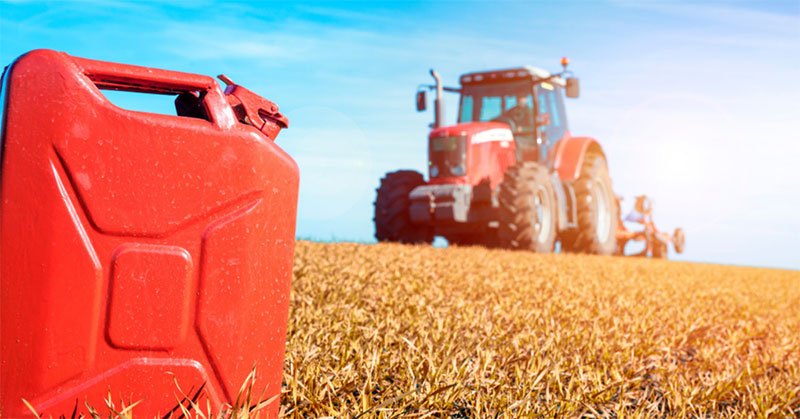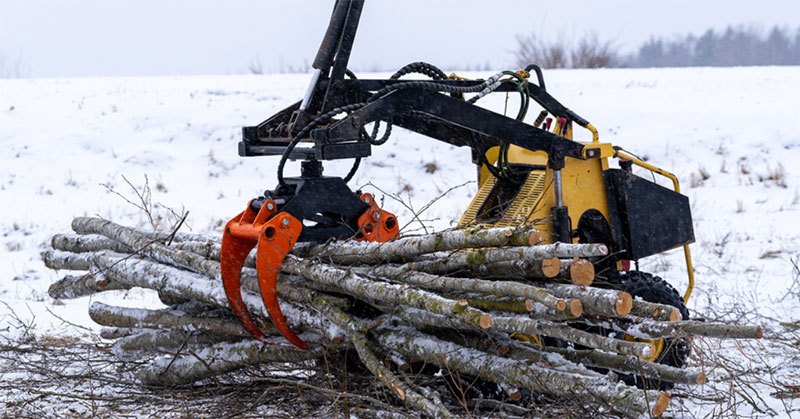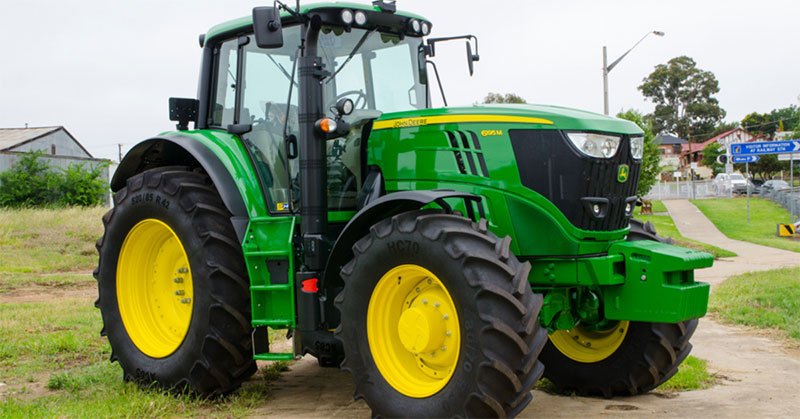Your tractor is like your body. If you treat it with care, it will work well!
But, just like you don’t want to feed your body with low-quality food, you also don’t want to pick an inadequate diesel oil for your four-wheel buddy, would you?
For this reason, it’s essential to pick the absolute best tractor oil for the diesel engine on the tractor.
Changing the oil on the tractor as recommended will keep the pricey repairs away!
Optimal engine performance is necessary if you want to get the best out of your tractor, plus it keeps it running smoothly.
If you want to rely on your diesel engine all the time, it’s time you learn how to take care of it properly.
So let’s see the best diesel engine oil for the tractor in 2022!










